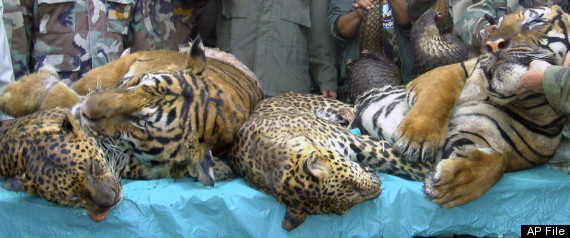Trader Tater
The international wildlife trade is a serious conservation problem, addressed by the United Nations‘ Convention of International Trade in Endangered Species of Wild Fauna and Flora CITES, which currently has 175 member countries called Parties. The 15th meeting of the Parties took place in Doha, Qatar during 13–25 March 2010. Wildlife trade consists of the trade, barter, or sale of wild specimens of animals and plants. It impacts many thousands of species which may be traded live, whole, or as a wide variety of parts, pieces and derivatives. The great diversity of items and products traded can make it very difficult to identify the species being traded. Species identification poses a significant challenge to authorities when responding to international wildlife trade.

The legal wildlife trade includes specimens of species that are not listed in any of the three CITES Appendices, and specimens of species which are listed by CITES and which are traded internationally with the appropriate documents. These documents include permits and certificates for the import, export, re-export and introduction from the sea which are issued by the CITES Management Authorities of the respective countries. The UNEP–WCMC manages a trade database on behalf of the CITES Secretariat, where records of trade in wildlife and scientific names of taxa listed by CITES are reported annually.
It is important to note that wildlife trade that is legal is not necessarily sustainable. Hence, much legal trade in wildlife may still be a significant conservation concern. Unsustainable wildlife trade may be addressed in a number of ways, including listing a species of concern on the appropriate Appendix of CITES.

